If you’ve ever bitten into mochi and felt that soft, stretchy, slightly sticky pull, you’ve met a food that carries centuries of ceremony, craftsmanship, and celebration. From winter soups to delicate wagashi confections, mochi connects everyday life with seasonal rituals.
Across Japan, mochi appears from countryside festivals to elegant sweet shops, symbolizing good fortune and togetherness. Understanding mochi means tasting its textures and learning the customs that shaped it and, at home, serving it with intention in thoughtfully crafted bowls and plates.
Shop our collection of chopsticks to help you enjoy your sweet treat!
Definition and Basic Characteristics
Mochi is a rice cake made from mochigome (glutinous short‑grain rice). After steaming and pounding, it becomes uniquely chewy, with a soft, sticky, and stretchy texture. Its mild flavor pairs well with sweet or savory accompaniments.
Common shapes include the rectangle shape of kiri mochi (cut blocks for grilling and soups), the rhombus shape of hishi mochi (a three‑layered mochi displayed for Girls’ Day), and the delicate semicircle shape of hanabira mochi served at New Year tea gatherings.
How Mochi Is Made
The traditional method is mochitsuki: steamed glutinous rice is placed in a wooden or stone mortar (usu) and rhythmically struck with a wooden mallet (kine) a festive choreography of pounding and turning until smooth. The rice is then formed and shaped into rounds or blocks.
Modern households often rely on mochi‑making machines or purchase pre‑portioned mochi sometimes dried or frozen for convenience. Whether traditional or modern, the essential steps are soaking, steaming, pounding, and forming.

Varieties and Types of Mochi
- Daifuku: Soft mochi wrapped around red bean paste (anko); strawberry versions are spring favorites.
- Sakura mochi: Pink mochi with a pickled cherry leaf, enjoyed during hanami (the cherry blossom viewing season), also popular as omiyage (souvenir).
- Warabi mochi: Jelly‑like sweet dusted with kinako, refreshing in summer.
- Bota mochi / Ohagi: Rustic rice–mochi hybrids coated in anko or kinako, seasonal home‑style treats.
- Mizu shingen mochi: The translucent “raindrop cake,” served with kuromitsu syrup and kinako.
- Yaki mochi: Grilled until puffy and lightly crisp.
- Chikara udon: Udon soup crowned with grilled mochi for extra heartiness.
- Mochi ice cream: A global favorite ice cream enclosed in thin mochi.
Culinary Uses of Mochi
- Oshiruko / Zenzai: Sweet red‑bean soup with grilled or boiled mochi.
- Isobe maki: Grilled mochi brushed with soy sauce and wrapped in nori.
- Nabe: Winter hotpots enriched with mochi for pleasing chew.
- Anmitsu: Summer dessert of agar jelly, fruit, syrup, and bite‑size mochi.
- Okonomiyaki: Some styles fold chopped mochi into the batter for extra texture.
- Kagami mochi: Decorative stacked rounds for New Year, later shared in kagami biraki.
- Mochi cake & Hawaiian butter mochi: Chewy, oven‑baked sweets that blend Japanese technique with island and Western flavors.

Health and Safety Concerns
Mochi’s beloved stickiness requires care. Each year around New Year festivities, Japanese emergency services issue public warnings about the risk of suffocation, especially for the very young and elderly.
- Cut mochi into smaller little chunks.
- Chew thoroughly; don’t rush, particularly with freshly grilled, sticky mochi.
- Offer sips of warm tea or soup to help wash down bites.
These common‑sense steps keep celebrations joyful and safe for everyone.
Conclusion: Savoring Tradition in Every Bite
From the rhythmic celebration of mochitsuki to delicate sakura mochi beneath blooming trees, mochi bridges home cooking, seasonal ritual, and modern creativity. Enjoy it in soups, sweets, or innovative bakes and elevate the moment with authentic Japanese cups, bowls, and plates that reflect the same care artisans bring to their craft.


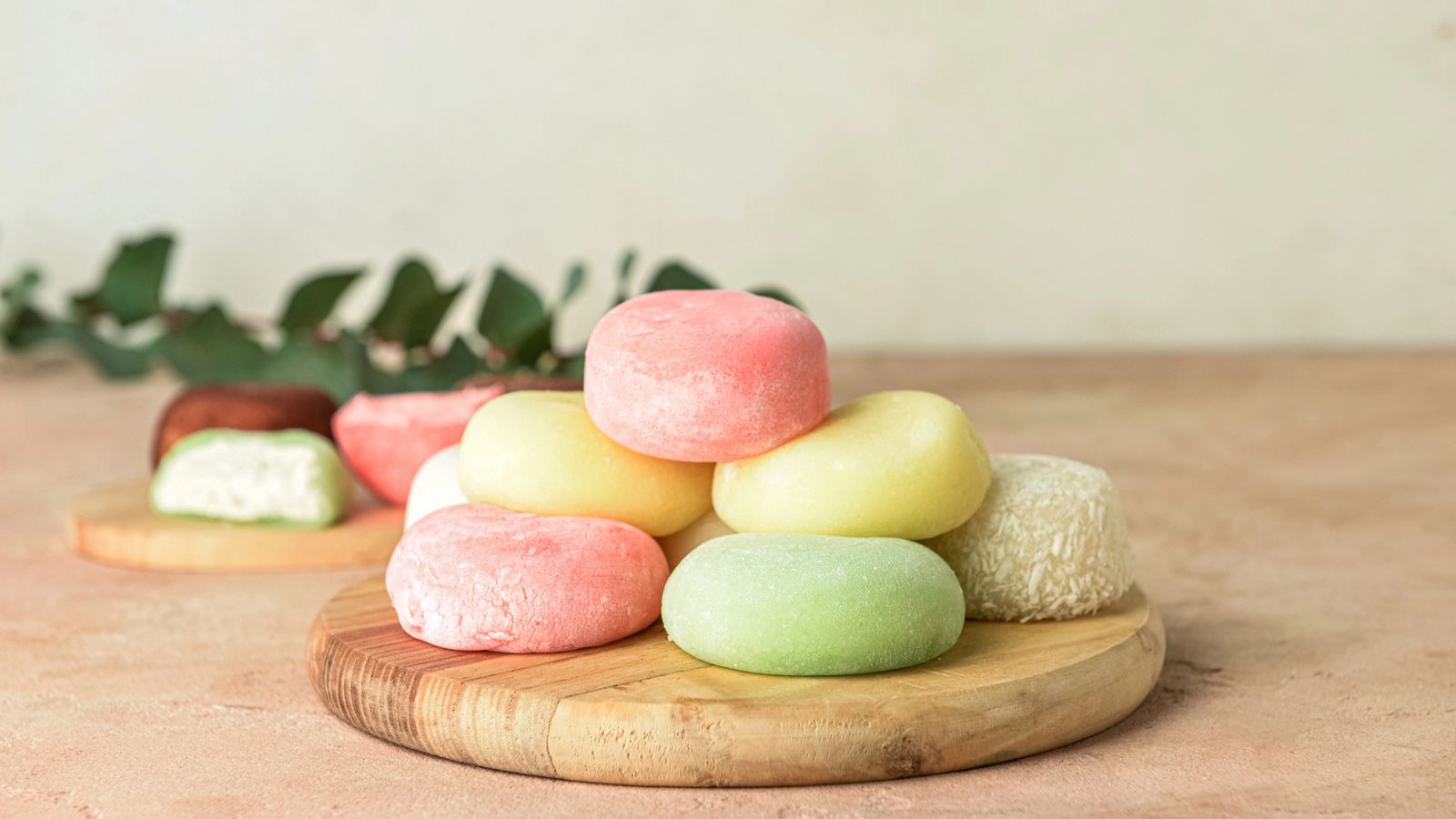

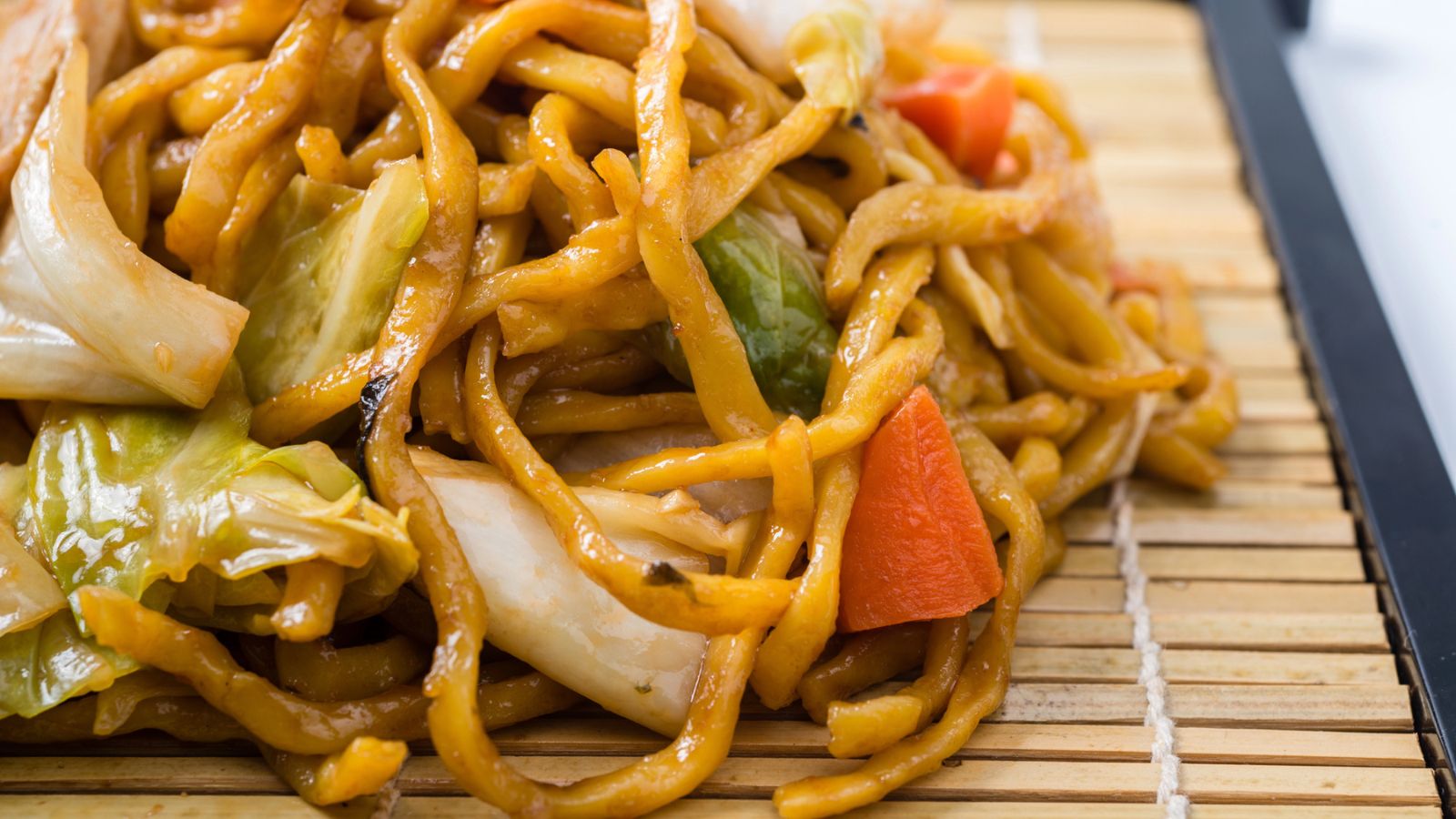
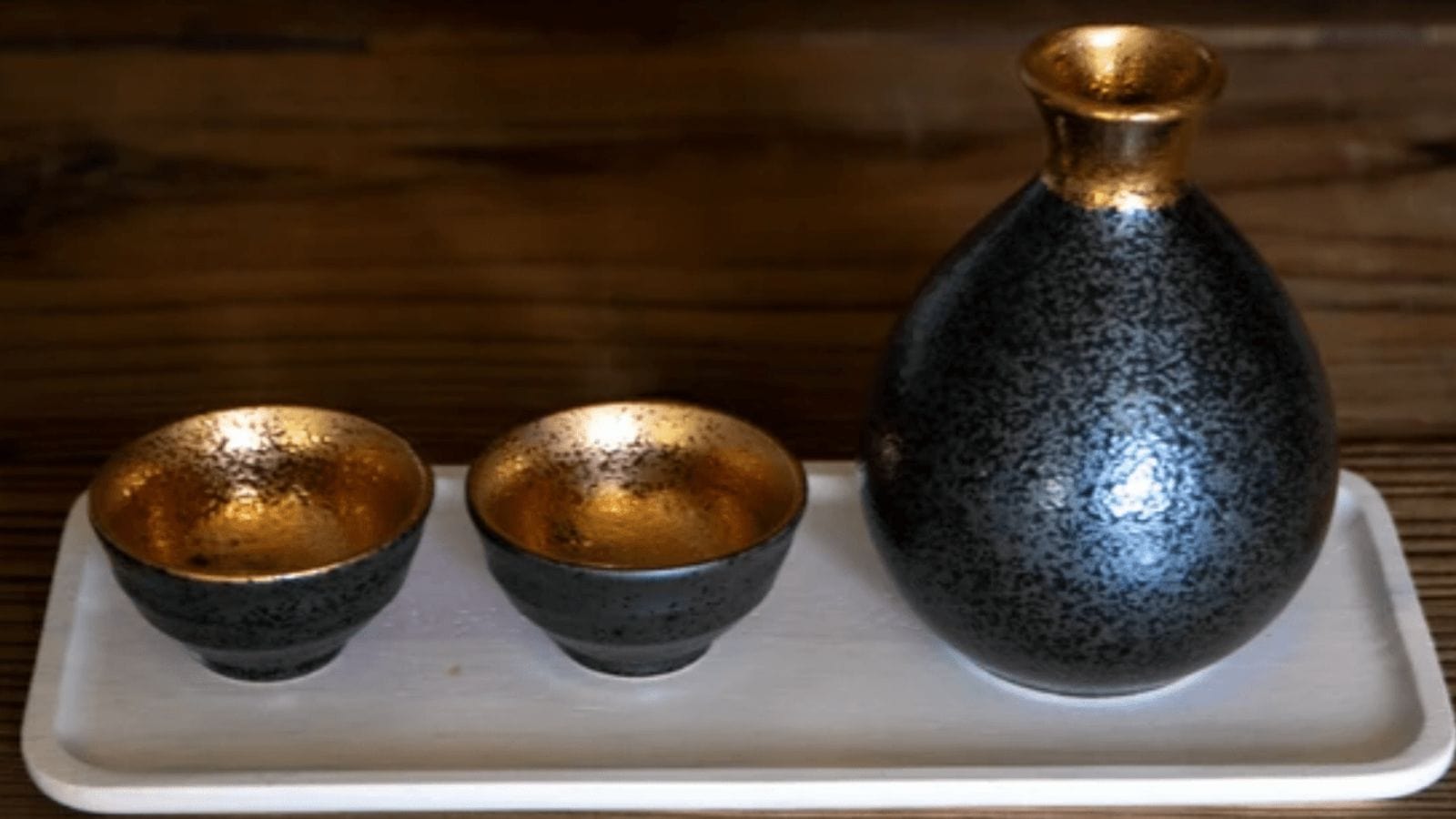
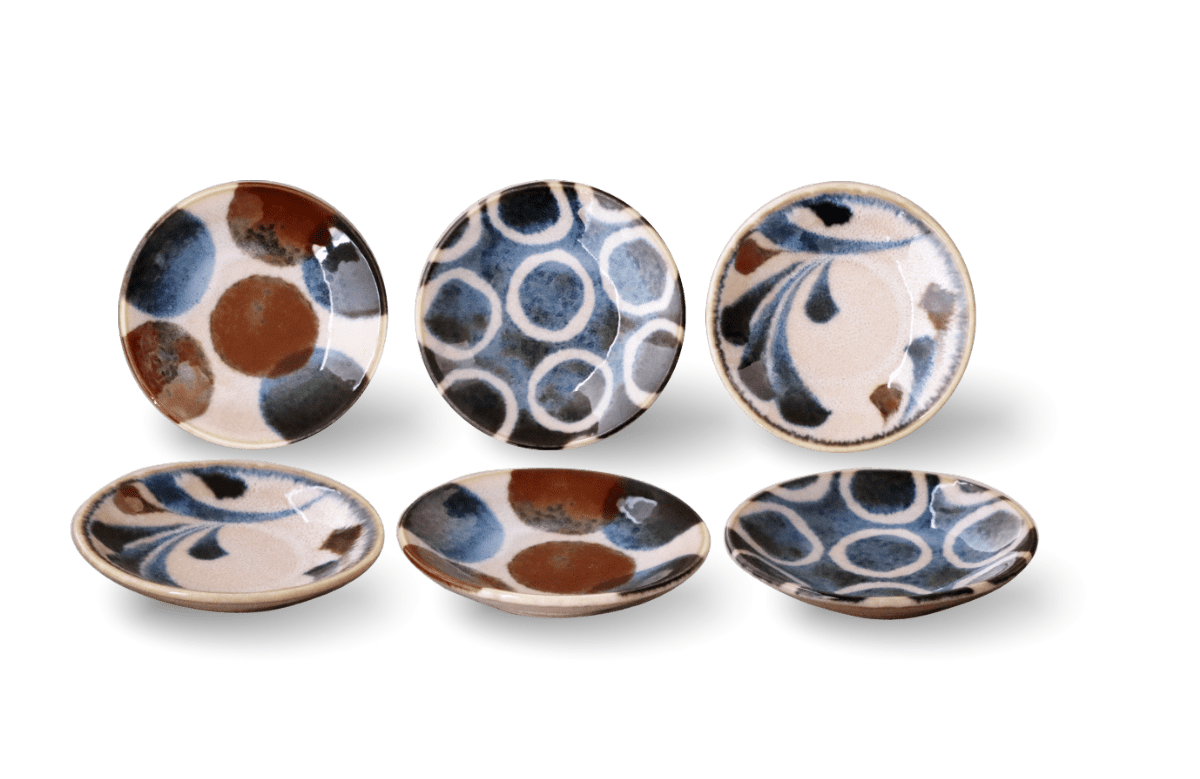
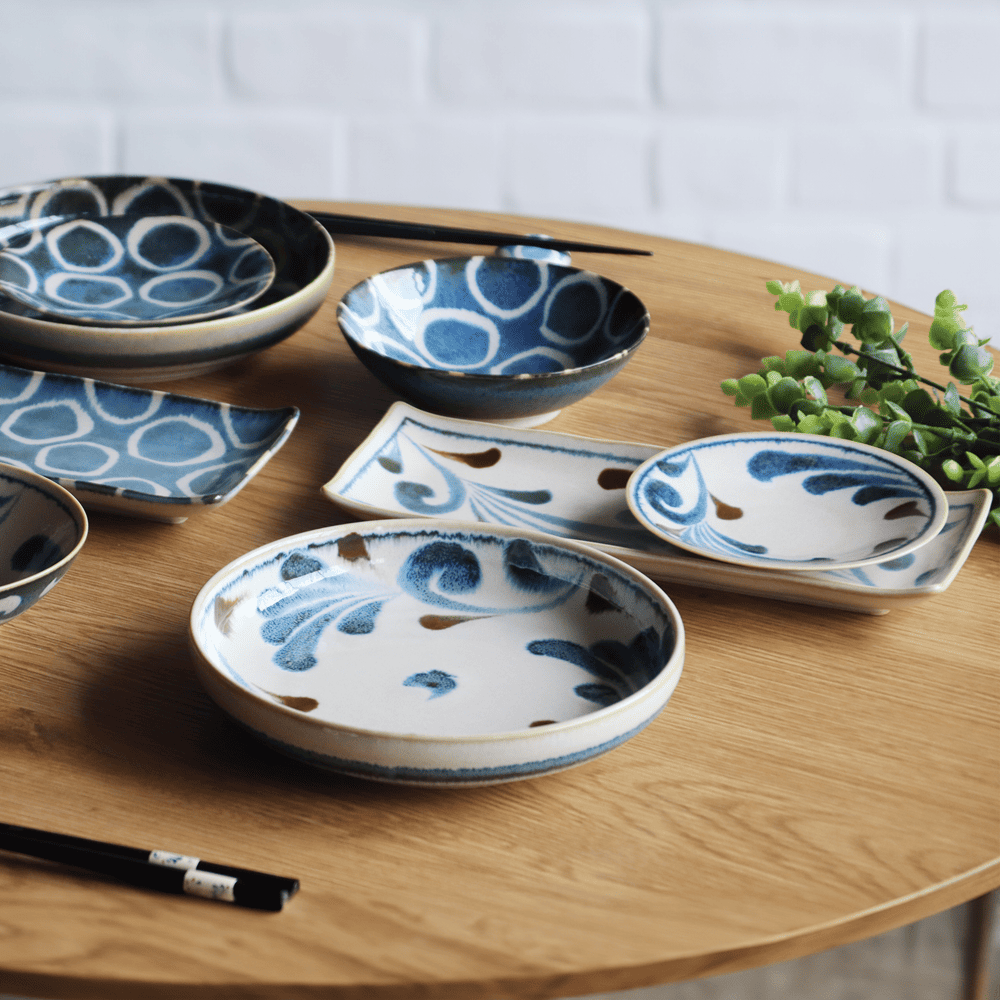




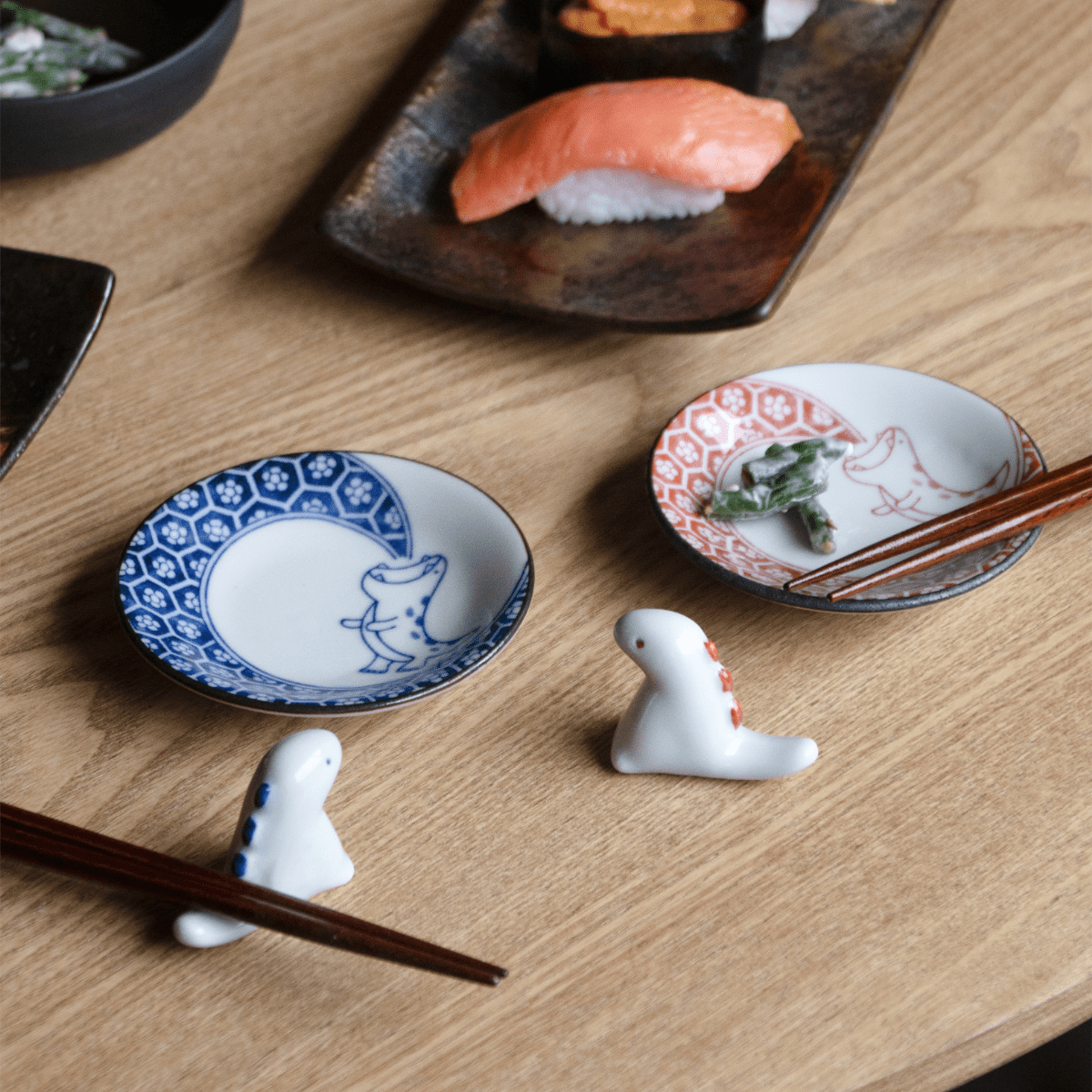
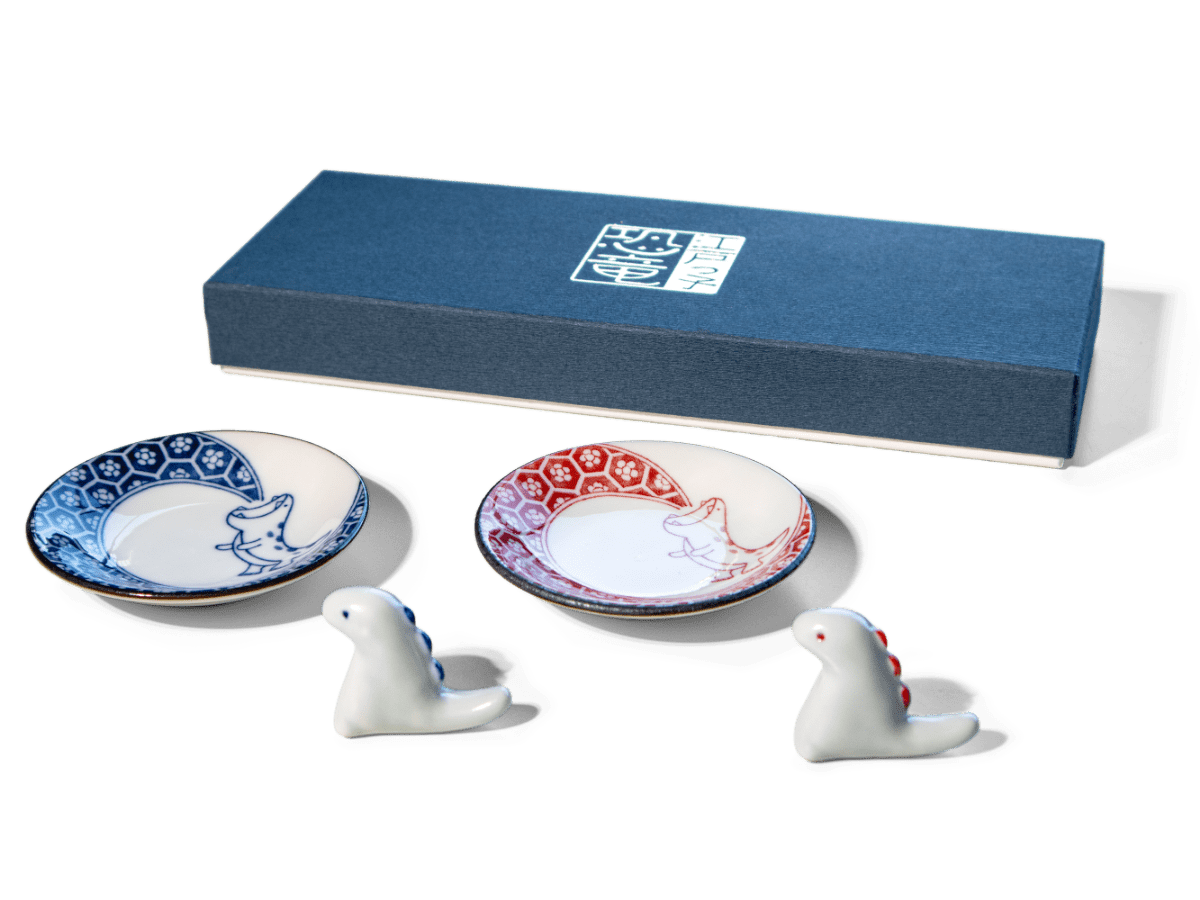
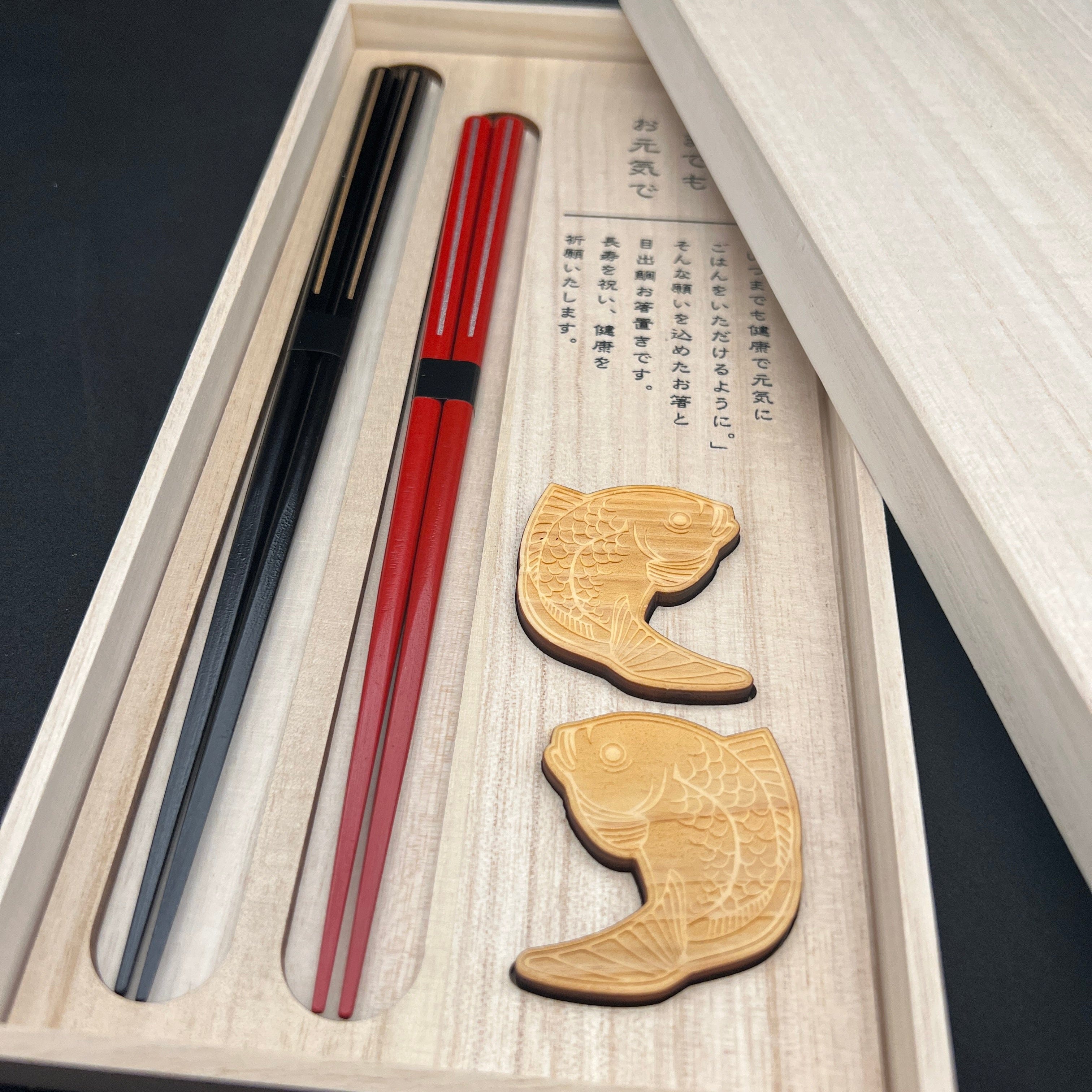
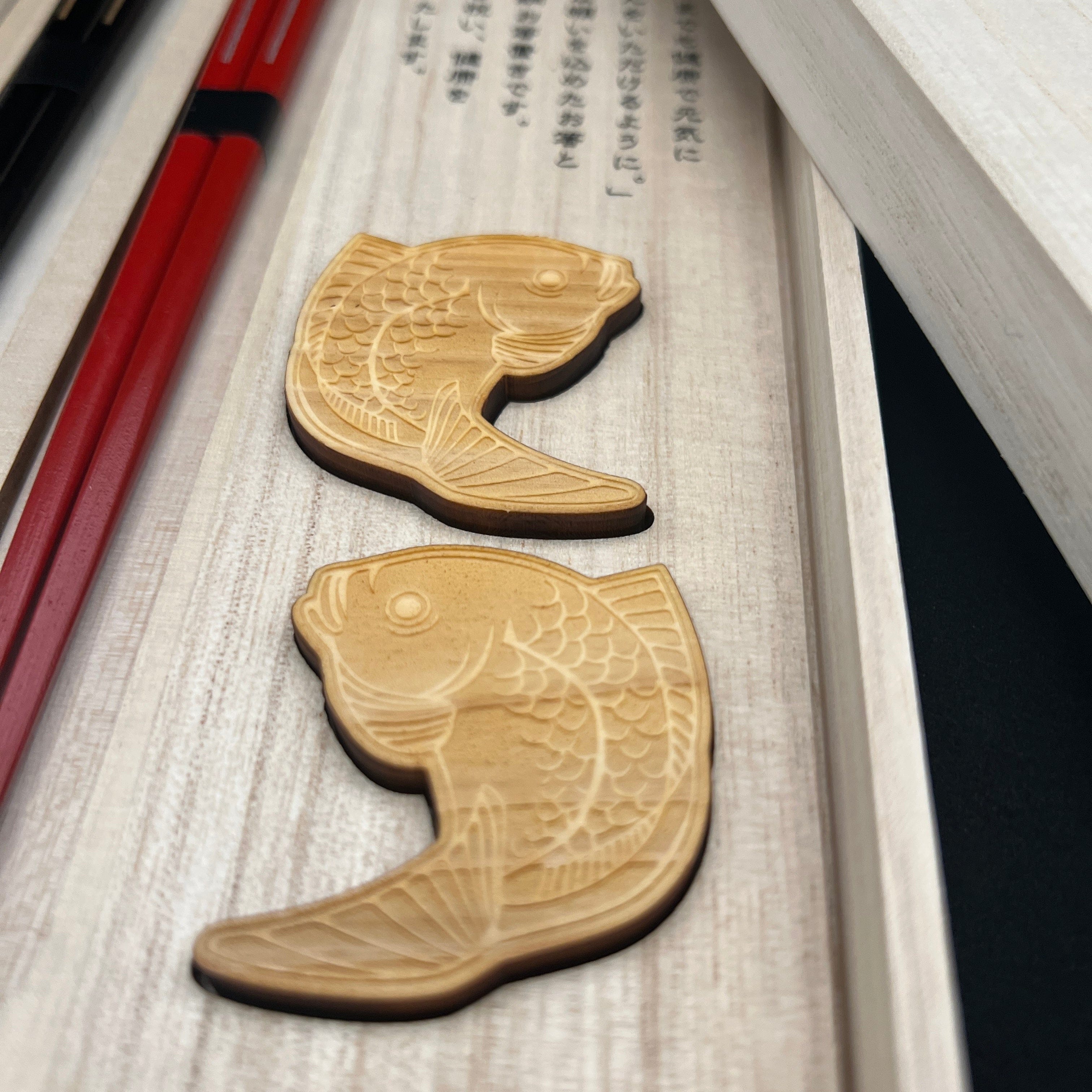
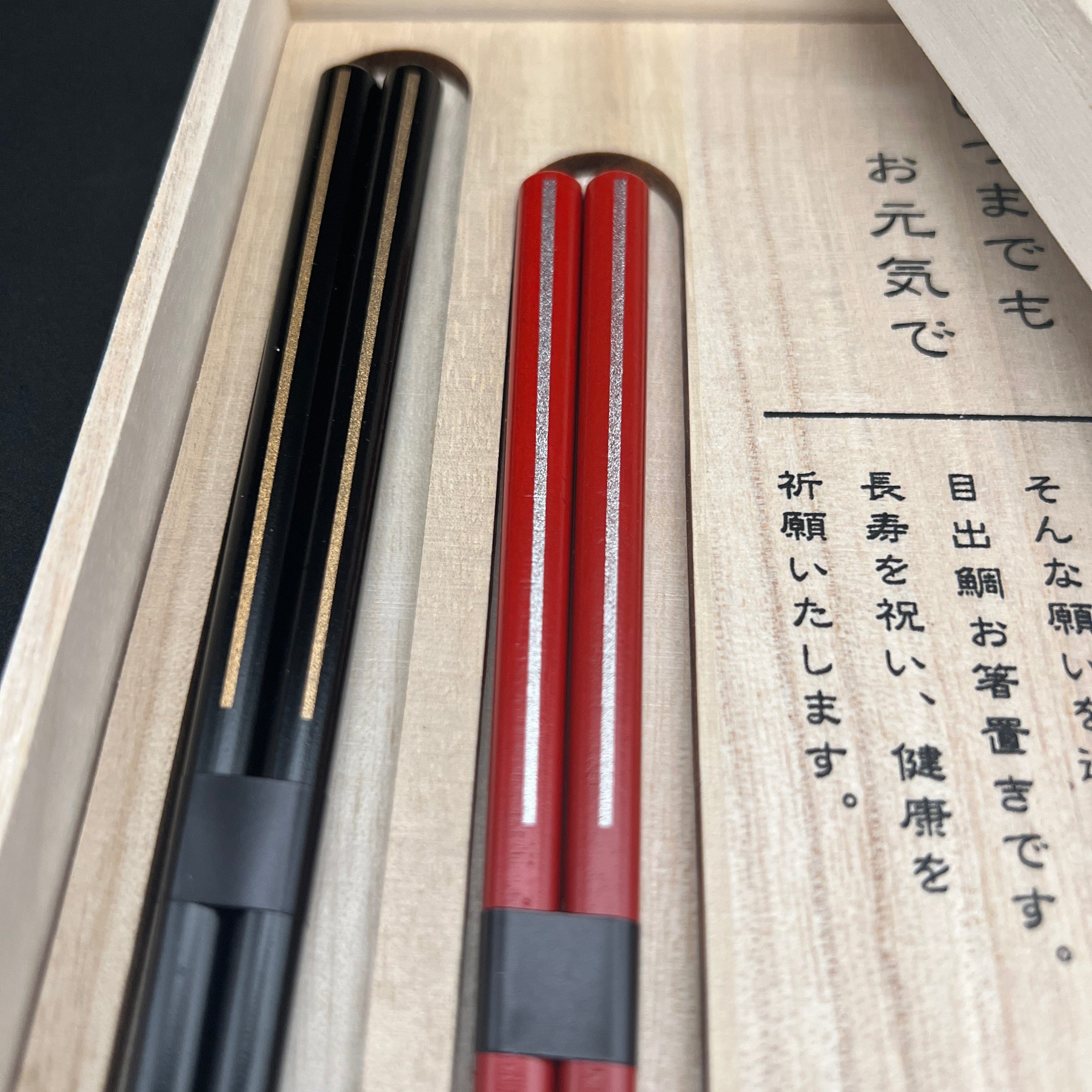
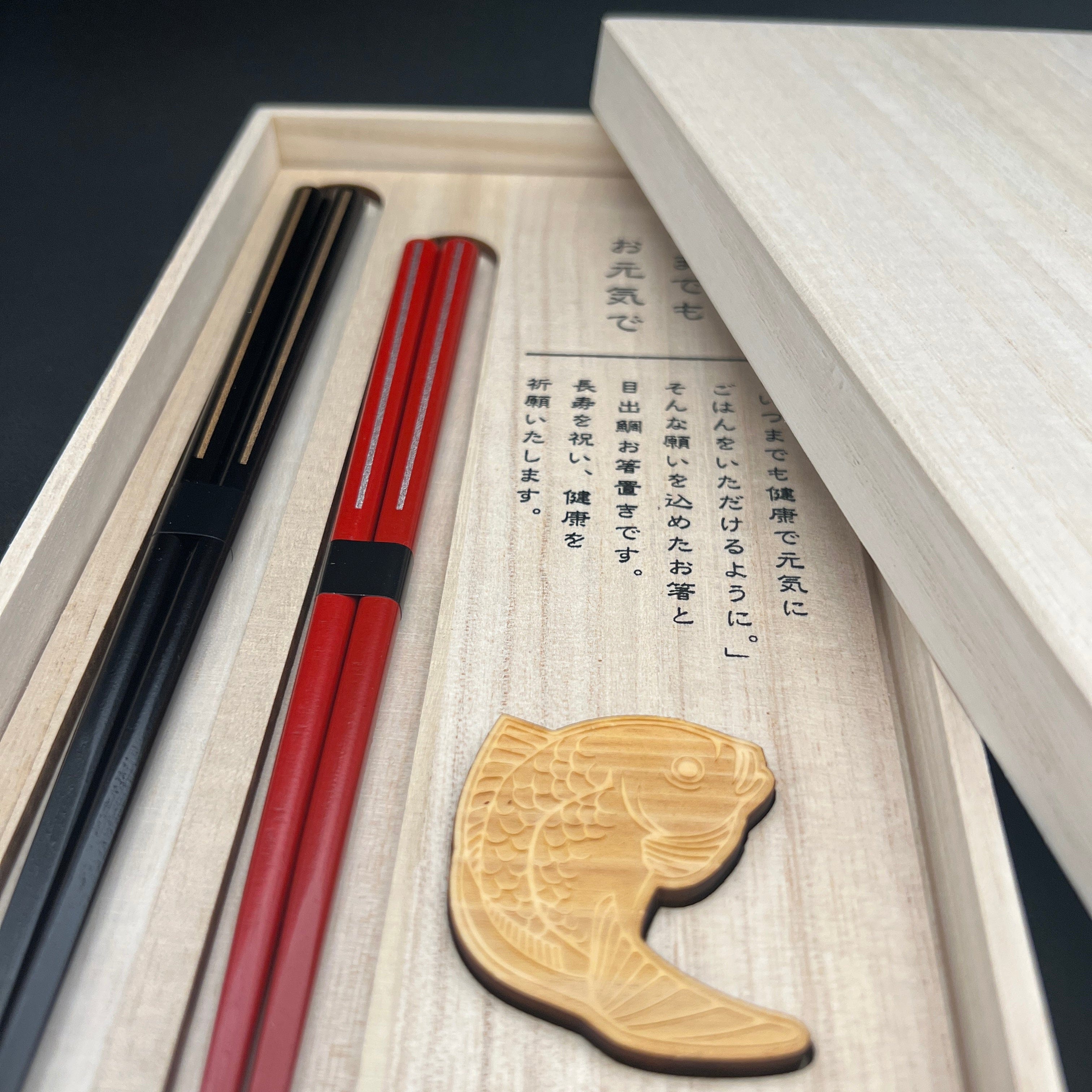
Share: